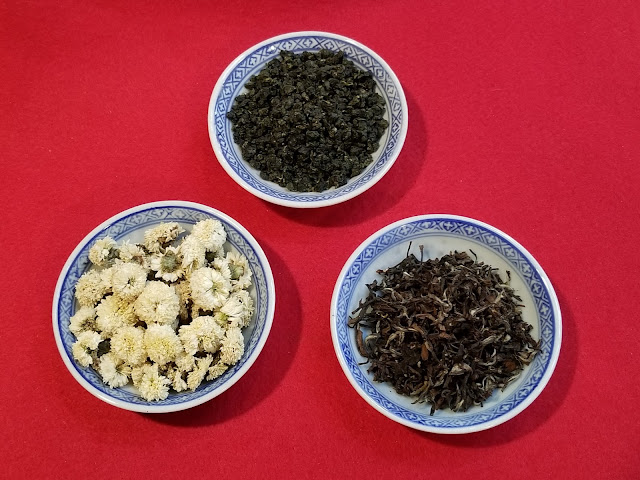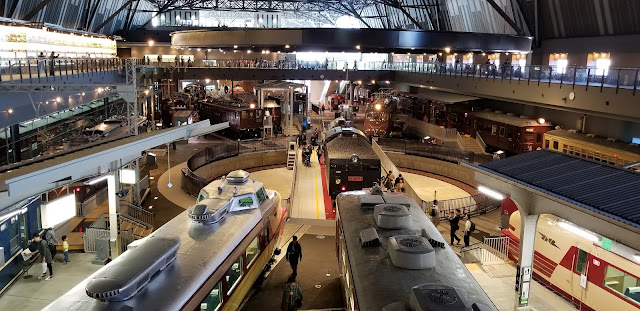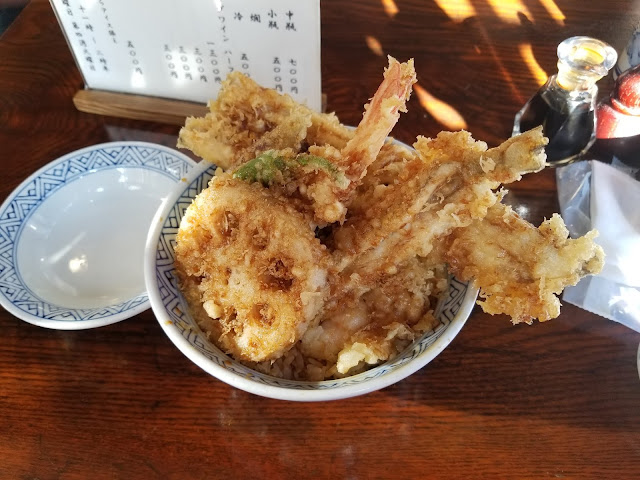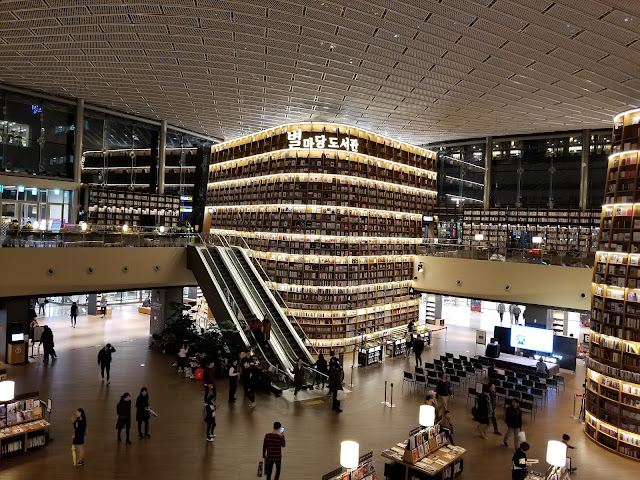 |
Top: High Mountain Oolong Tea
Bottom Left: Chrysanthemum Tea
Bottom Right: Oriental Beauty Tea |
Updated 05 Sep 2021:
Added tips when ordering by email and that English is spoken at both stores mentioned in this article.
Original 27 Sep 2020 article:
I am not a coffee drinker, having never acquired the taste. Consequently, I have always consumed Asian tea both by itself and with meals. When I was growing up, the tea choices were Oolong (烏龍茶), Jasmine (茉莉花茶), and Bo Nay (博奈茶; a type of Pu-Erh (普爾) tea). You poured boiling water over the tea leaves to make the tea. The teas were purchased at the local Chinese market and the main criteria for selection were quantity and price, with taste and fragrance never being a consideration. If you think of tea in terms of purchasing wine, the tea I grew up on was the equivalent of "2-Buck Chuck" (for those not familiar with this term, this phrase is used to describe the US$2 bottles of wine that can be purchased at a famous food specialty chain store in the USA). Like tea, there are better and more expensive bottles of wine, but for everyday use, "2-Buck Chuck" is perfectly acceptable.
As with wine, Asian teas have distinct flavors, fragrances, and are graded, with a wide range of prices. Making tea does not always mean always using boiling water, but choosing the correct temperature to maximize the flavor and fragrance depending upon the tea. Also making tea is not limited to just the physical act of making tea, but is elevated to an art and is part of a long standing Asian tea culture, with one of the most well known arts being the Japanese Tea Ceremony (茶道, chadō, "The Way of Tea").[1]
In Japan and Taiwan (among other places in Asia), a full range of tea varieties and prices are available for purchase at local tea specialty shops, some having been in operation for over 100 years. The quality of the teas available in Japan and Taiwan far surpass any Asian tea that can be purchased in the USA. Tea in Asia is bought depending upon fragrance, taste, and freshness. One of my favorite tea shops in Taipei is Lin Mao Sen Tea Company (林茂森茶行). Established in 1883, the shop sells a full range of graded Taiwanese teas at various price points. Due to the global pandemic, international travel to Asia is not possible from the USA. Since visiting Taiwan is not an option, ordering and purchasing tea is still possible since Lin Mao Sen Tea accepts remote orders and ships overseas.
Please read the rest of the article to find out more about buying Taiwanese tea and this tea shop in Taipei.



